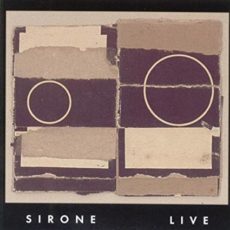
Daily Dose Of Jazz…
Sirone was born Norris Jones on September 28, 1940 in Atlanta, Georgia. In the late Fifties and early 1960s he worked with The Group alongside George Adams while also recording with R&B musicians such as Sam Cooke and Smokey Robinson.
Moving to New York City in the middle of the 1960s, he co-founded the Untraditional Jazz Improvisational Team with Dave Burrell. He also worked with Marion Brown, Gato Barbieri, Pharoah Sanders, Noah Howard, Sonny Sharrock, Sunny Murray, Albert Ayler, Archie Shepp, Billy Bang, and Sun Ra.
He co-founded the Revolutionary Ensemble with Leroy Jenkins and Frank Clayton in 1971; Jerome Cooper later replaced Clayton in the ensemble, which was active for much of the decade. In the 1970s and early 1980s Sirone recorded with Clifford Thornton, Roswell Rudd, Dewey Redman, Cecil Taylor, Zusaan Kali Fasteau, Charles Gayle and Walt Dickerson.
In the 1980s, he was member of Phalanx, a group with guitarist James “Blood” Ulmer, drummer Rashied Ali, and tenor saxophonist George Adams. From 1989 he lived in Berlin, Germany where he was active with his group Concord with Ben Abarbanel-Wolff and Ulli Bartel. Bassist and composer Sirone, who was involved in theater and film, passed away on October 21, 2009.
More Posts: bass
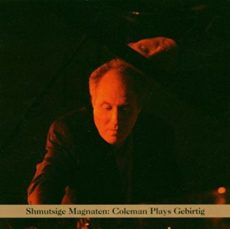
Daily Dose Of Jazz…
Anthony Coleman was born on August 30, 1955 in New York City and didn’t begin to study piano until the age of thirteen with Jaki Byard. He attended the New England Conservatory of Music and studied with George Russell, Donald Martino and Malcolm Peyton.
Coleman has collaborated with guitarist Elliott Sharp, trumpeter Dave Douglas, accordion player Guy Klucevsek, composer David Shea, former Captain Beefheart band member Gary Lucas, classical and klezmer clarinetist David Krakauer, guitarist Marc Ribot, bassist Greg Cohen, drummer Joey Baron and saxophonist Roy Nathanson.
He has toured with his groups Sephardic Tinge and Selfhaters throughout Europe, in the 1990s and the early 2000s. His Disco by Night was his first major solo record released by Japan’s Avant Records in 1992. He released duo albums, The Coming Great Millenium, Lobster & Friend, and I Could’ve Been a Drum with Roy Nathanson, that typify his free playing style as well as his multi-instrumental capability. Coleman and Nathanson have performed all over the U.S. and Europe. His album The End of Summer features his NEC Ensemble Survivors Breakfast.
Avant-garde pianist Anthony Coleman has released 15 albums as a leader, 33 as a sideman, appeared in four documentaries, has written four compositions, has taught theory and composition at Bennington College, is on the faculty of the New England Conservatory of Music and Mannes College New School for Music, writes articles for All About Jazz and Bomb magazine and continues to perform, compose and record.
More Posts: piano
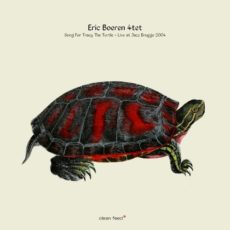
Daily Dose Of Jazz…
Eric Boeren was born in Baarle-Nassau, Netherlands on August 22, 1959 and started out playing euphonium and tuba in the Ulicoten fan fair. He took workshops with Arnold Dooijeweerd in the Bimhuis, from which the Amsterdam Creative Ensemble originated.
In 1983 Eric replaced trumpeter Jimmy Sernesky in the group Available Jelly, for which he also composed. In the Eighties he was part of several groups with Maarten Altena, Kenny Wheeler, Willem van Manen, JC Tans, Sean Bergin, and by the end of the decade joined Ab Baars and Paul Termos.
1990 saw Boeren joining Michiel Braam’s Bik Bent Braam, an association that continues today. In 1993, he founded his first group as a leader, Specs, which was short-lived. During the 1990s he played with Franky Douglas, Martin van Duynhoven, and Guus Janssen.
In 1995 he organized a series of PH31 concerts in Amsterdam with his trio trio comprised of Michael Vatcher and Wilbert de Joode. He enlisted another saxophone to play Ornette Coleman’s early quartet music. He also played Coleman’s music in the Bimhuis with the eleven-member band Go Dutch. He founded the Quartet Boers! That later became the Eric Boeren 4tet. His love for Coleman’s music resulted in two CDs – Cross Breeding and Joy of a Toy.
Boeren went on to play into the new millennium with the band NEWS with Cor Fuhler, bassist Nate McBride and drummer Mike Reed, and the quintet HO & I, that included Douglas and Paul Pallesen. Trumpeter Eric Boeren is one of the initiators of the music collective foundation dOeK (De Exercise de Kunst) and he currently performs, records and tours with his quartet Boerenbond, features Peter Evans, Tobias Delius and Jason Adasiewicz.
More Posts: trumpet
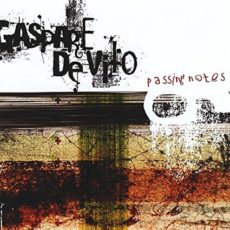
Daily Dose Of Jazz…
Gaspare De Vito was born on August 17, 1978 in Naples, Italy. He studied with Gianluigi Troversi, Eugenio Columbo and musical composition with Giancarlo Schiaffini. An auspicious meeting of Steve Grossman and Greg Osby was fundamental to the freedom of his original music.
Blending his Neopolitan and Meditteranean roots with hip-hop in his early teens, he would go through funk, jazz, Cuban traditional and South African music gave him the basis for his music. He has performed and recorded as a leader and a session player throughout Europe.
He has performed and recorded with Butch Morris, Alvin Curran, Tristan Hosinger, Giancarlo Schiaffini, Eugenio Colombo, Francesco Bearzatti, Fabrizio Puglisi, Vincenzo Vasi, Nicola Guazzaloca, Pasquale Mirra, Marco Dal Pane, Luisa Cottifogli, Maisha Grant and numerous others.
Alto saxophonist, flautist and composer Gaspare De Vito who has been voted Best Italian saxophonist in 2007 and co-founded the Suoniforme record label, continues to record, tour and perform internationally.
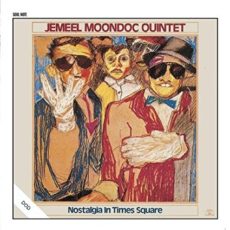
Daily Dose Of Jazz…
Jemeel Moondoc was born August 5, 1951 in Chicago, Illinois and studied clarinet and piano before settling on saxophone at sixteen. He became interested in jazz largely due to Cecil Taylor and at the University of Wisconsin–Madison became one of his student.
Following graduation he moved to New York City, where he founded Ensemble Muntu with William Parker, Roy Campbell, Jr., and Rashid Bakr. The group had its own Muntu record label for a time but eventually faced financial difficulties. He worked with Parker again on his 1998 album New World Pygmies.
Alto saxophonist Jemeel Moondoc, a proponent of a highly improvisational style, has recorded nineteen albums as a leader, two with the Jus Grew Orchestra, three with Denis Charles and Steve Swell and continues to compose, perform and record.
Sponsored By
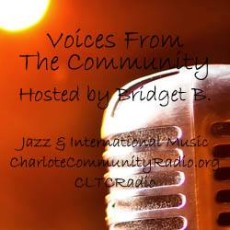
Voices From The Community
![]()
#preserving genius
More Posts: saxophone





